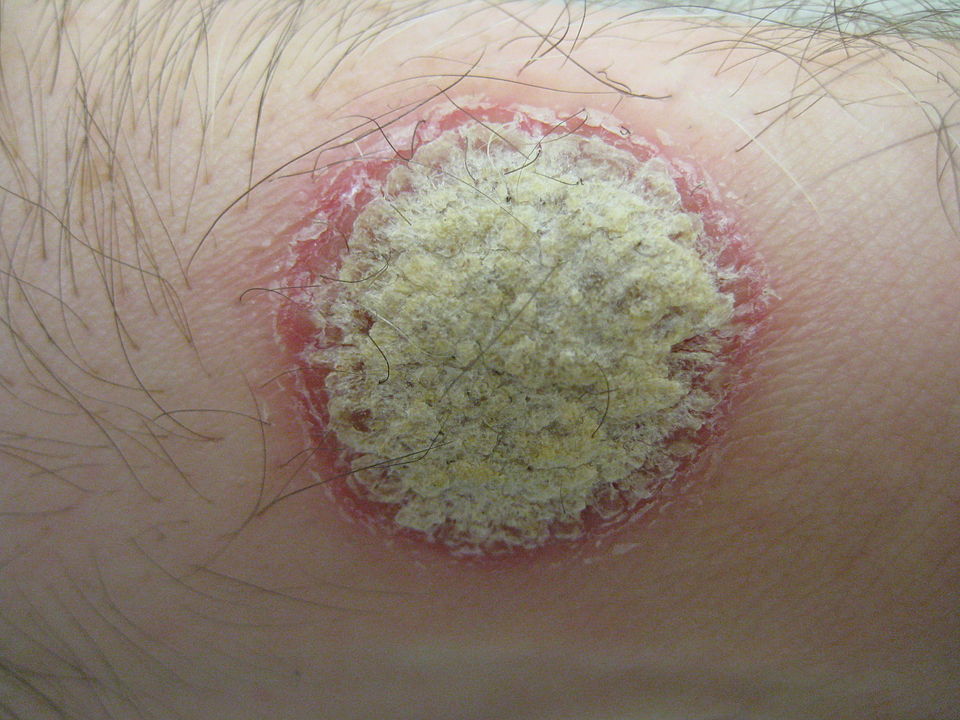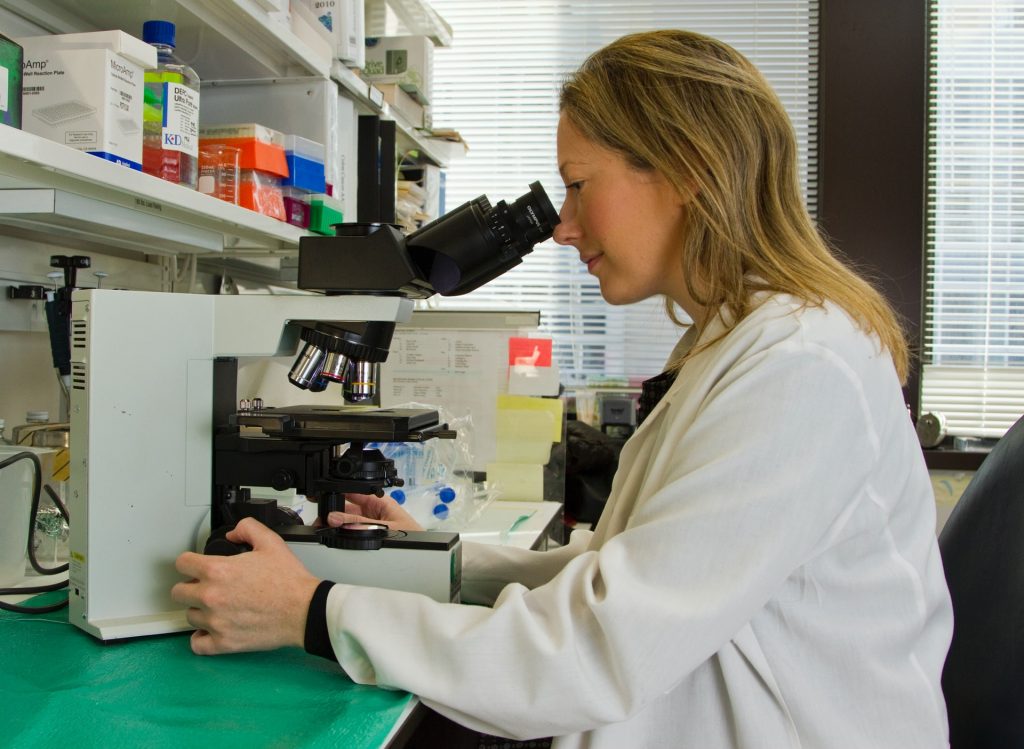Fermented Soy Products Found to Reduce Asthma Inflammation

Fermented soy products are common in the Japanese diet, and one brand known as ImmuBalance has been found to suppress airway inflammation in animal models of asthma.
Bronchial asthma causes symptoms such as wheezing and cough due to chronic airway inflammation, but there is no fundamental treatment for it, leaving a desire for new prevention and treatment methods. Osaka University researchers found that in a ImmuBalance-treated group of asthma model mice, eosinophils associated with asthma were significantly reduced in the bronchoalveolar lavage fluid (BALF). As well as a decrease in inflammation and mucus around the bronchi, the team observed a suppression of proteins that induce eosinophilic inflammation.
“The relationship between soy intake and allergic diseases has been epidemiologically reported in the past,” explained first author Hideaki Kadotani, “suggesting that the components of soy may have some anti-allergic effects”
“It was reported that imbalances in the gut microbiota may be involved in immune system and allergic diseases, and fermented dietary fiber, like that found in soy, might have beneficial effects in allergic asthma models.” continues Associate Professor Kazuhisa Asai, supporting author of the study.
In the study, which appears in the journal Nutrients, such a gut imbalance’s effect on asthma were examined by giving ImmuBalance-enriched feed to asthma model mice. In the ImmuBalance-treated group, there was a significant drop in the number of eosinophils in BALF, and inflammation around the bronchi and mucus production in the bronchial epithelium was suppressed. Additionally, the expression of Th2 cytokines and the immunoglobulin serum IgE that induce eosinophilic inflammation in BALF were found to be significantly suppressed.
“In clinical practice, steroid inhalants are the basis of asthma treatments, yet they are known to have adverse side effects“, stated lead advisor to the study, Professor Tomoya Kawaguchi. “Our results suggest that the intake of fermented soybean products should be recommended as a complementary coping strategy to asthma with fewer side effects”
Source: Osaka University



